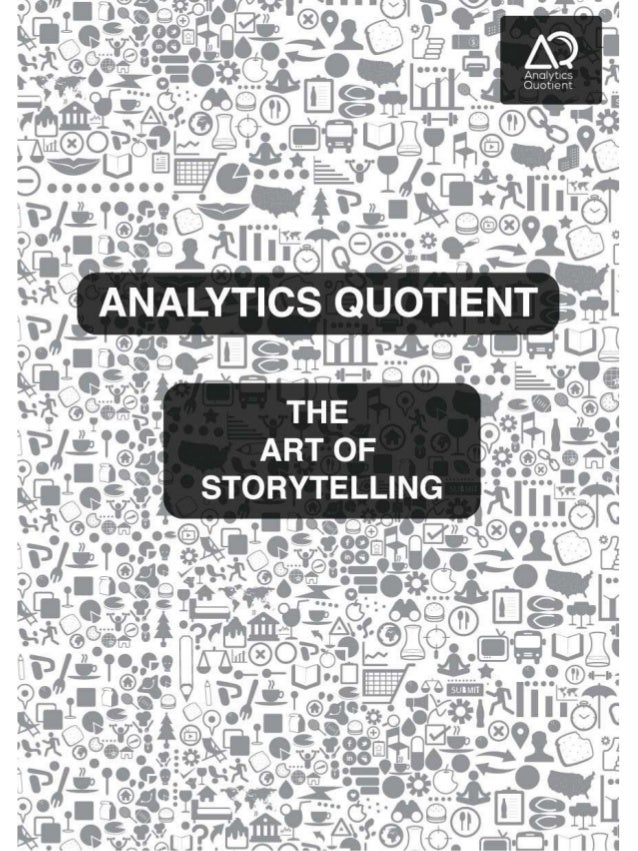
Sometimes you might want to "overuse" something to create a specific effect.Īs a rule of thumb Use that pretty brain of yours. However, with every art form, there are expectations. You're probably better off not using an image at all. If the answer to any of these questions is no, then don't.
 Will it make people want to click through to read more?. Is it high quality, and does it look professional?. Does it help illustrate the point you're trying to make?. When deciding whether or not to use an image, ask yourself the following questions: Too many images can clutter your content and make it difficult to read while using the wrong image can distract from your message. Images can be an effective storytelling tool, but they should be used sparingly and only when they add value to the story. Storytelling formats and when to use them | Images Last but not least, product launch videos are used for advertising your new products or services - duh. Corporate videos are perfect for sharing your company's story and promoting your brand image, while testimonial videos show off your products or services and get feedback from your customers. There are various types of videos that you can use in your storytelling efforts, such as explainer videos, corporate videos, testimonial videos, and product launch videos.Įxplainer videos are a great way to introduce your clients to your brand and explain what your products or services do. They're also a great way to share your brand story and promote your products or services. Videos are a great way to capture your viewers' attention and connect with them on an emotional level. Storytelling through videos is one of the most popular storytelling formats. Storytelling formats and when to use them | Videos Some of the most popular forms of telling a story are through videos, storytelling through images or storytelling through blogs. There are also various storytelling formats that you can use in your content marketing campaigns. As long as you're able to capture people's attention and connect with them on an emotional level, you can tell any story you want. You could also tell stories about industry news, trends, or anything else that your audience would find interesting. For example, you could share stories about your personal experiences, customer experiences, or even fictional stories that are related to your brand in some way. There are endless possibilities when it comes to storytelling.
Will it make people want to click through to read more?. Is it high quality, and does it look professional?. Does it help illustrate the point you're trying to make?. When deciding whether or not to use an image, ask yourself the following questions: Too many images can clutter your content and make it difficult to read while using the wrong image can distract from your message. Images can be an effective storytelling tool, but they should be used sparingly and only when they add value to the story. Storytelling formats and when to use them | Images Last but not least, product launch videos are used for advertising your new products or services - duh. Corporate videos are perfect for sharing your company's story and promoting your brand image, while testimonial videos show off your products or services and get feedback from your customers. There are various types of videos that you can use in your storytelling efforts, such as explainer videos, corporate videos, testimonial videos, and product launch videos.Įxplainer videos are a great way to introduce your clients to your brand and explain what your products or services do. They're also a great way to share your brand story and promote your products or services. Videos are a great way to capture your viewers' attention and connect with them on an emotional level. Storytelling through videos is one of the most popular storytelling formats. Storytelling formats and when to use them | Videos Some of the most popular forms of telling a story are through videos, storytelling through images or storytelling through blogs. There are also various storytelling formats that you can use in your content marketing campaigns. As long as you're able to capture people's attention and connect with them on an emotional level, you can tell any story you want. You could also tell stories about industry news, trends, or anything else that your audience would find interesting. For example, you could share stories about your personal experiences, customer experiences, or even fictional stories that are related to your brand in some way. There are endless possibilities when it comes to storytelling. 
What are some scenarios you can tell stories about? And storytelling through content marketing is the most powerful way to move your products or services off the shelves today and put ideas into people's minds, build relationships, trust, and ultimately be successful in business. You can think of storytelling as a tool to communicate and connect with people. And your marketing is only as good as the stories that people remember. Your product is only as good as your marketing around it. Long story (pun intended) short, it's difficult to sell, inspire, or transpire in today's maze of competition without storytelling. Without good stories that complement your product, you'll never be able to even make the slightest dent in people's lives and your products, no matter how mind-blowing they are, will most certainly die sitting on a shelf or in a box. This is even more true when it comes to marketing - a world dominated by noise and information overload. And what it really means is that in order to move the needle or get a particular message across, you have to create vivid pictures in people's brains. You can apply this quote virtually anywhere in life. But every cliché has something to it, so without further ado, let's get started, shall we. "Storytelling is the most powerful way to put ideas into the world today" - Robert McKee.






 0 kommentar(er)
0 kommentar(er)
